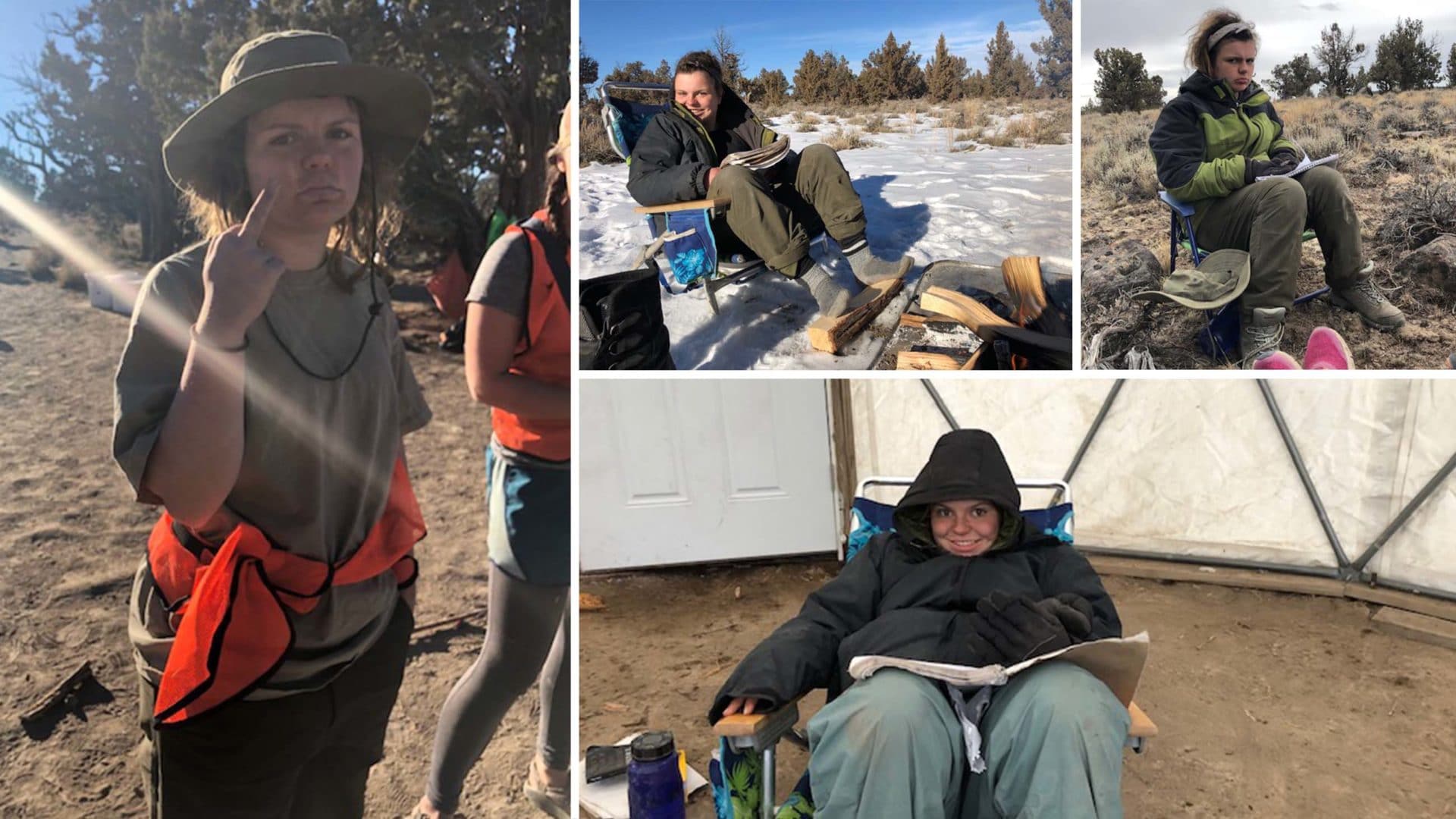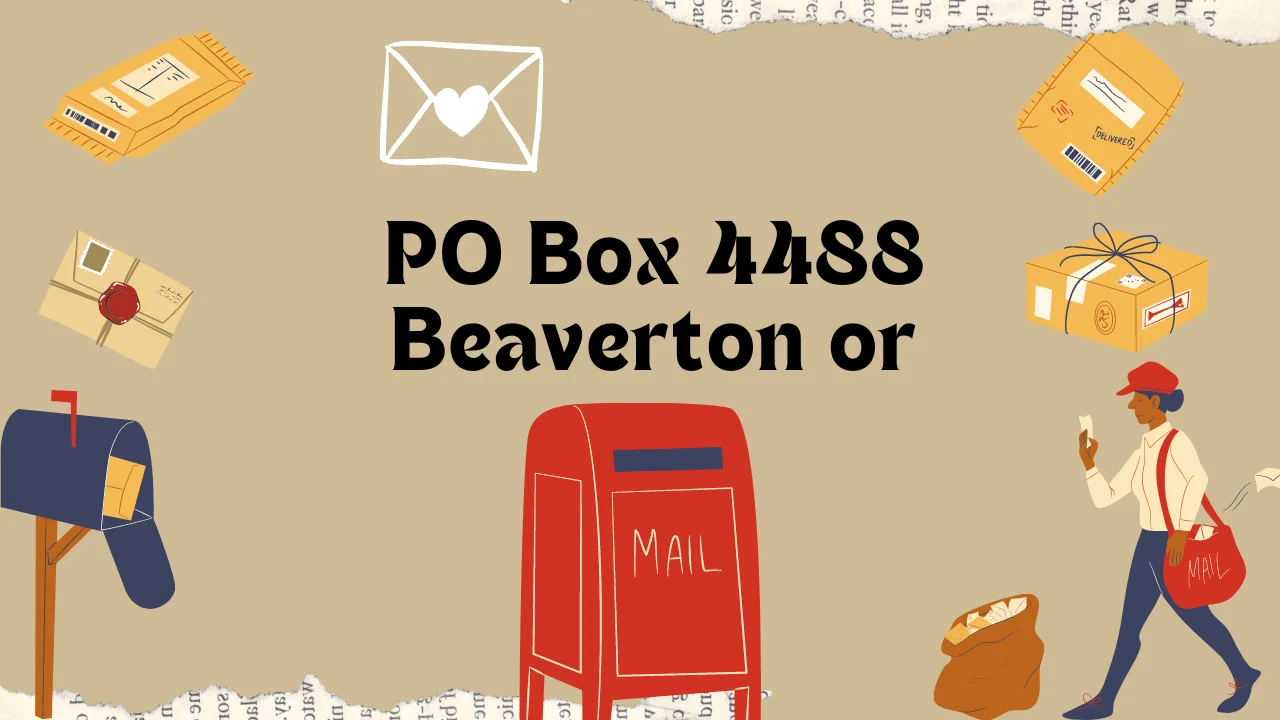Overview
Wilderness therapy is a type of treatment that uses outdoor expeditions to help people address behavioral and mental health issues. It is often used for troubled teenagers, but it can also be used for adults. Wilderness therapy programs can vary widely in terms of their quality and safety, and there have been a number of disturbing reports of abuse and neglect in these programs.
In this article, we will explore some of the horror stories associated with wilderness therapy. We will look at specific cases of abuse and neglect, as well as the systemic problems that contribute to these abuses. We will also discuss the steps that can be taken to make wilderness therapy programs safer and more effective.
Specific Cases of Abuse and Neglect
There have been a number of well-documented cases of abuse and neglect in wilderness therapy programs. For example, in 2007, a 17-year-old boy named Aaron Bacon died while participating in a wilderness therapy program in Utah. Bacon was forced to hike long distances in extreme heat without adequate food or water. He died of heatstroke and dehydration.
In another case, a 15-year-old girl named Michelle Sutton died in 1990 while participating in a wilderness therapy program in Maine. Sutton was denied medical attention after suffering a head injury, and she died from a blood clot in her brain.
These are just two examples of the many tragic deaths that have occurred in wilderness therapy programs. There have also been numerous reports of physical abuse, sexual abuse, and emotional abuse in these programs.

Systemic Problems
There are a number of systemic problems that contribute to the abuse and neglect that occurs in wilderness therapy programs. One problem is that the industry is largely unregulated. There are no federal standards for wilderness therapy programs, and many states have few or no regulations in place. This means that unscrupulous operators can open and operate wilderness therapy programs without any oversight.
Another problem is that the wilderness therapy industry is often marketed to parents who are desperate for help for their troubled children. Parents may be willing to pay high fees for these programs, even if they are not accredited or regulated. This can make it difficult for parents to identify and avoid abusive programs.
What Can Be Done?
There are a number of steps that can be taken to make wilderness therapy programs safer and more effective. First, the industry needs to be regulated more strictly. Federal standards for wilderness therapy programs should be developed, and states should be required to enforce these standards.
Second, parents need to be more careful about choosing a wilderness therapy program for their child. Parents should research programs carefully and ask about their accreditation, regulation, and safety record. Parents should also visit the program in person before enrolling their child.
Finally, wilderness therapy programs need to be held accountable for any abuse or neglect that occurs. Parents should report any concerns they have to the appropriate authorities. If a child is injured or killed while participating in a wilderness therapy program, the program should be held responsible.

Additional Horror Stories
In addition to the specific cases of abuse and neglect mentioned above, there are a number of other disturbing stories associated with wilderness therapy. Here are a few examples:
- A former employee of a wilderness therapy program in Utah described the program as a “cult” where participants were subjected to physical and emotional abuse.
- A group of teenagers who participated in a wilderness therapy program in Oregon were forced to hike long distances in the snow and cold weather without adequate food or clothing.
- A teenager who participated in a wilderness therapy program in Arizona was sexually abused by a staff member.
These are just a few examples of the many disturbing stories associated with wilderness therapy. It is important to note that not all wilderness therapy programs are abusive, but it is important to be aware of the risks involved.
What to Look for in a Wilderness Therapy Program
If you are considering enrolling your child in a wilderness therapy program, there are a number of things you should look for:
- Accreditation: The program should be accredited by a reputable organization, such as the Association for Experiential Education (AEE) or the Outdoor Behavioral Healthcare Council (OBH).
- Regulation: The program should be regulated by the state in which it is located.
- Safety record: The program should have a good safety record.
- Experienced staff: The program should have experienced and qualified staff.
- Positive reviews: The program should have positive reviews from parents and former participants.

It is also important to visit the program in person before enrolling your child. This will give you a chance to meet the staff and see the facilities. You should also ask the program about their philosophy and approach to treatment.
Conclusion
Wilderness therapy can be an effective treatment for some people, but it is important to be aware of the risks involved. Parents should carefully research any wilderness therapy program before enrolling their child. If you have any concerns about a wilderness therapy program, please report them to the appropriate authorities.










